10 Single Character Kanji With Cool Meanings
Hello everyone! Today, let’s delve into the beauty and strength encapsulated in Kanji, focusing on the allure found within a single character. Kanji goes beyond mere symbols, carrying profound meanings within their strokes. In this article, I’ll explore a particularly ‘powerful’ and cool character, delving into its brushwork, significance, and historical context. Join me as we appreciate the charm of Kanji together.
Since my native language is Japanese, I will only introduce kanji which I think is cool.
Ai

愛 (あい/ai)
meaning: love
This one can’t go wrong.
The combination of “旡 (munyo)”, “心 (kokoro)”, and “夂 (natsuashi)” represents “愛 (love)”. The “旡” represents a person looking back, the “心” represents the human heart, and the “夂” represents the human leg. In other words, the Chinese character for “love” expresses “the feeling of a person walking slowly and looking back.
Tsubasa
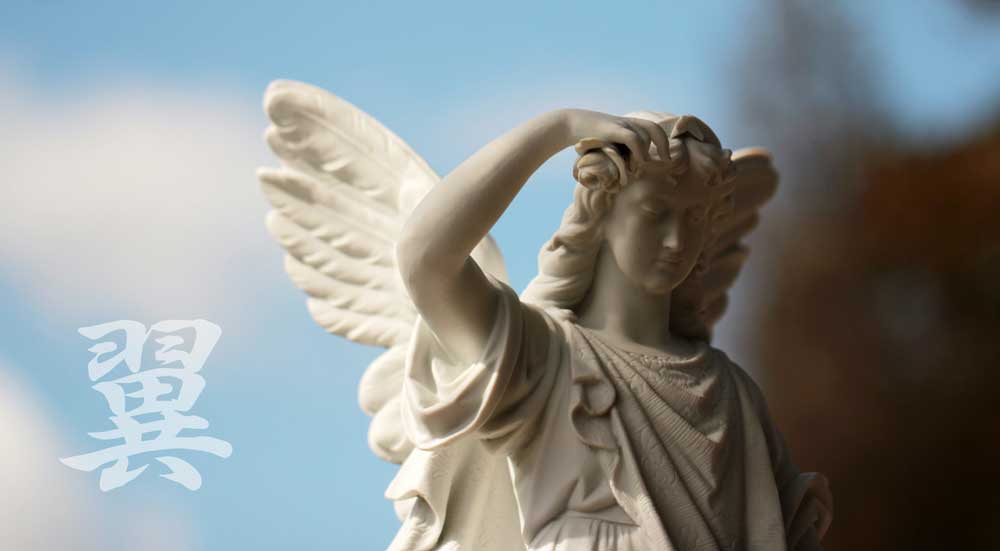
翼 (つばさ/tsubasa)
meaning: wings
The kanji for “wings” expresses a powerful image of freedom and aiming for higher goals. It carries the concept of flight and freedom expressed through wings, and figuratively, it symbolizes hopes, dreams, and growth.
Kizuna
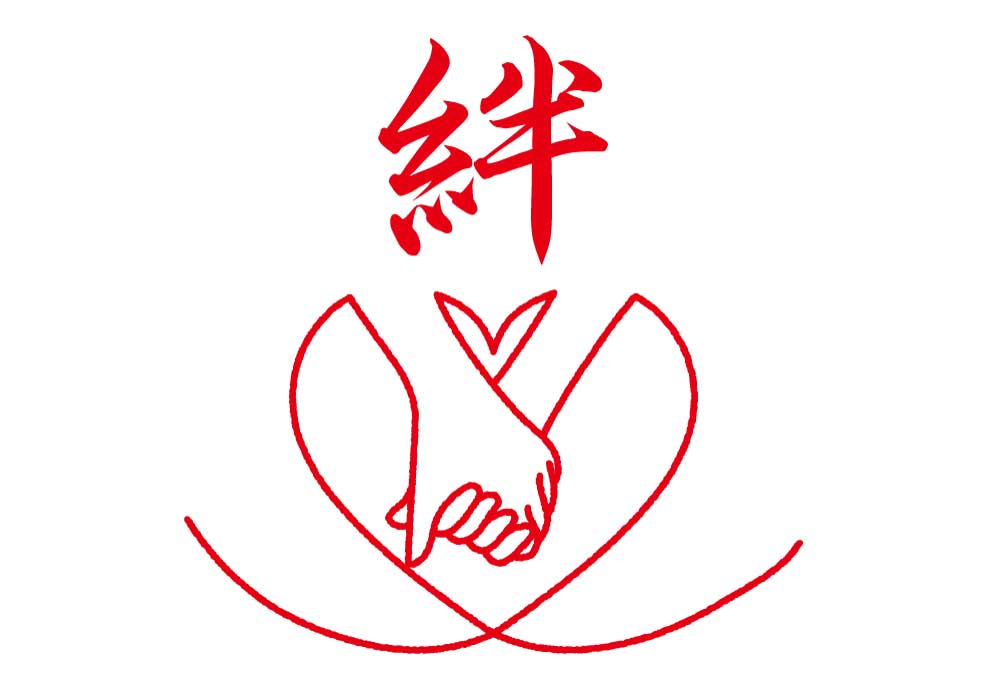
絆 (きずな/kizuna)
meaning: tie/bond
Kizuna refers to tie, bond, or the feeling that makes people feel connected.
It contains 糸 (thread) and 半 (half). Following this, half of the thread belongs to you, and then another half belongs to someone you love. That is to say, it represents we are all connected with someone with an invisible thread.
Ryuu
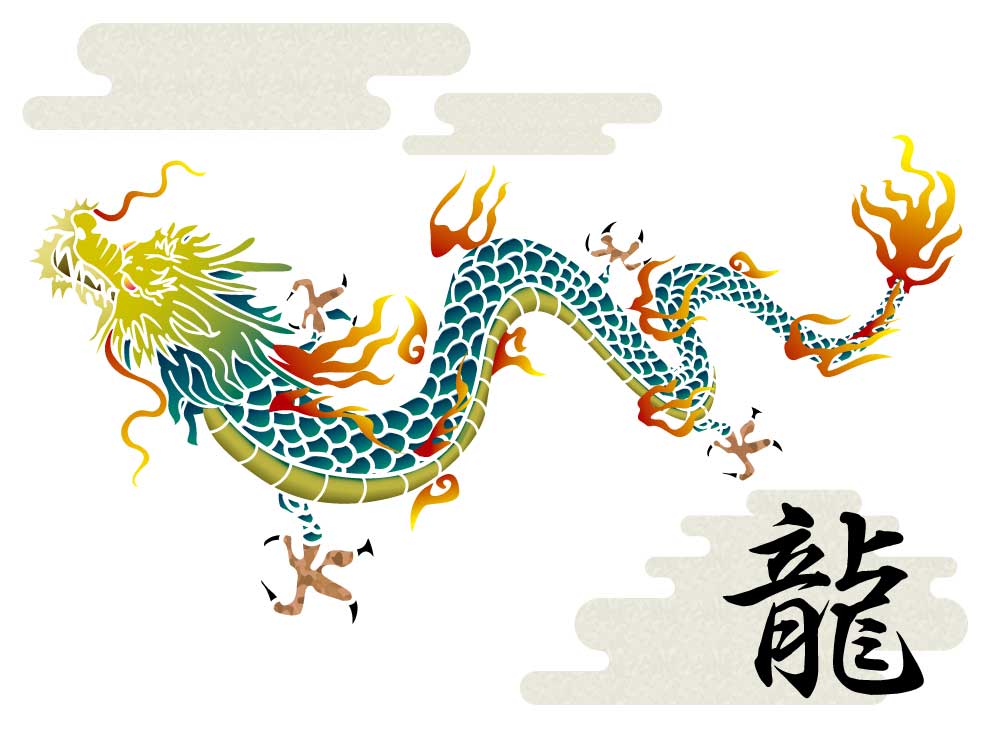
龍 (Ryuu)
meaning: dragon
Dragons are considered sacred in Asian legends and myths and are often depicted as mysterious and powerful beings. The dragon presides over rain, symbolizing water, and is also seen as a symbol of authority, power, and good fortune. Dragons are frequently depicted in calligraphy, painting, sculpture, and other art forms, and are popular in decoration and design. Many companies and organizations use dragons as logos and symbols.
Tora
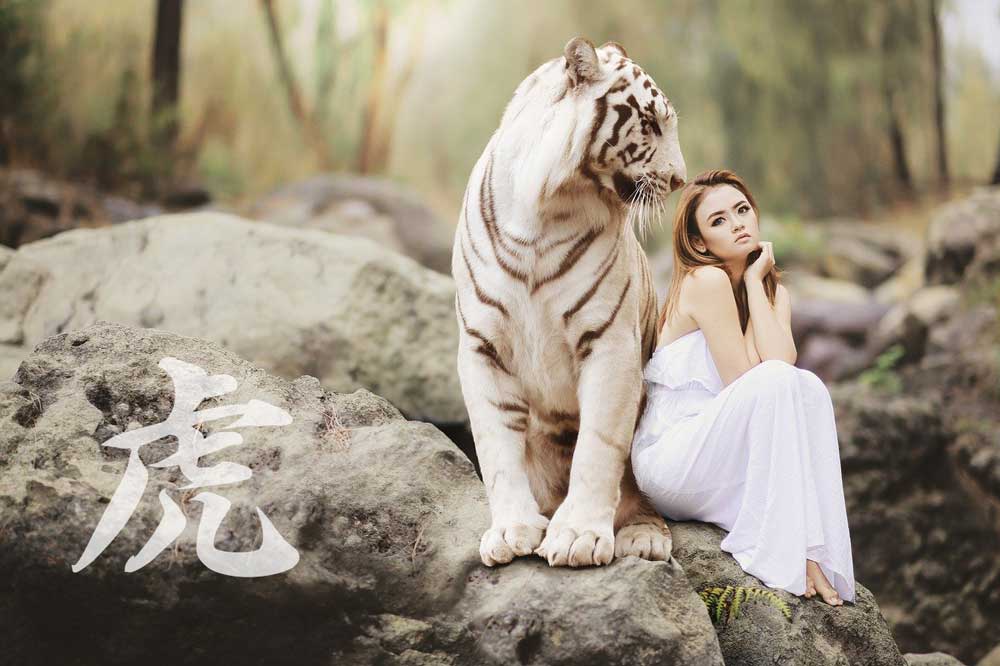
虎 (tora)
meaning: tiger
The kanji for “tiger” combines strong vertical lines and curves to express the majesty and strength of the tiger. The tiger is a wild animal, and its wild and free attitude is reflected in the kanji. The kanji is also a symbolic one that expresses positive images of strength, ferocity, and courage.
Oni
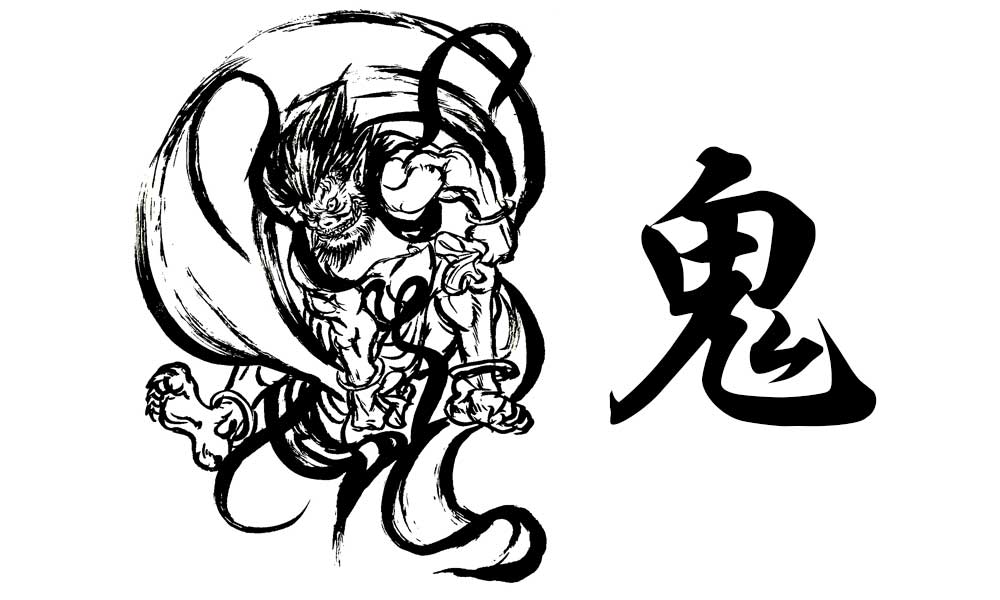
鬼 (oni)
meaning: ogre/demon
Oni (ogres) appear in traditional Japanese culture, folklore, and festivals, and are also regarded as guardian deities that repel evil. Therefore, the kanji for ogre has a special coolness, including its historical and cultural background. It is a unique and attractive kanji, including its cultural connotations.

I’m a Japanese red ogre!

I’m a Japanese blue ogre!
Tamashii
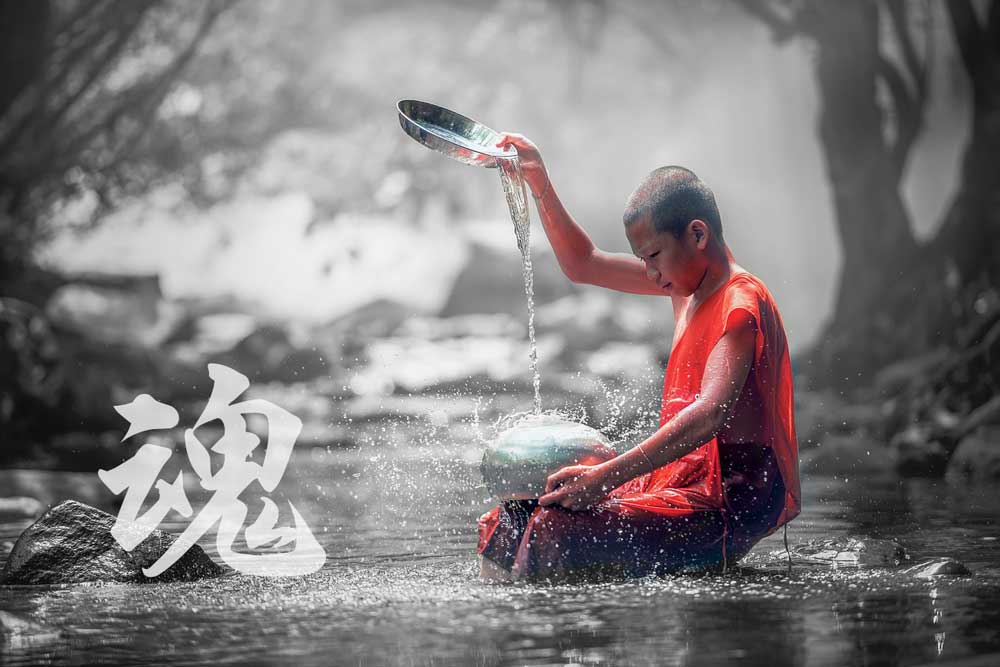
魂 (tamashii)
meaning: soul
The soul refers to the core of the spirit or mind and represents the inner part of the human being. The word is used to symbolize the essence and spirituality of people and things, and its meaning is very profound. As a word that symbolizes the spirituality and strength hidden within human beings, it is loved and beautiful by many people.

It’s interesting. The word soul contains the word ogre.
Honoo
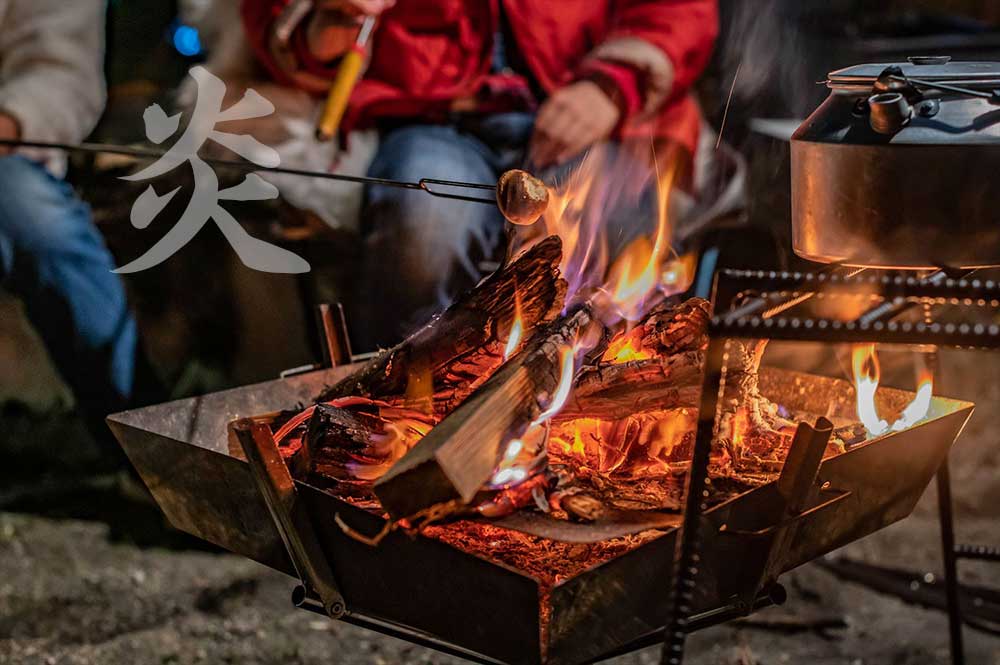
炎 (honoo)
meaning: flames
The kanji for “flame” expresses the appearance of a blazing fire. The image of flames soaring powerfully is reflected in the characters, emphasizing their coolness. It symbolizes burning passion and energy, and its powerful image creates coolness.
Kemono
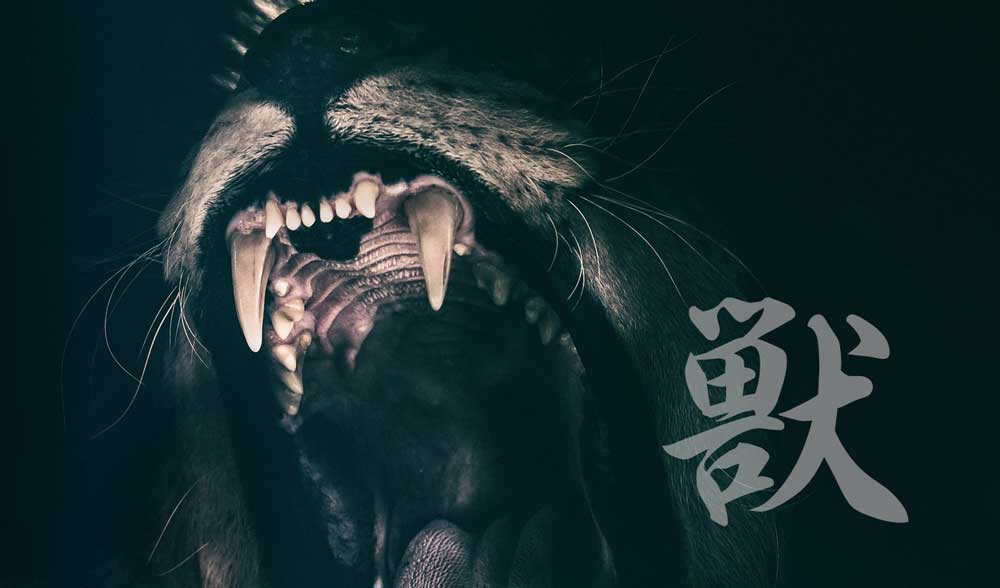
獣 (kemono)
meaning: beast
The kanji for the beast has a cool quality to it as if the character itself is a wild and wild energy welling up from within. This Kanji symbolizes the life force and wildness of a beast, and its unique power is contained within the character. It symbolically expresses the instincts and vitality of the beast, and has a coolness that reminds us of our oneness with nature, our courage, and our spirit of freedom.
Miyabi
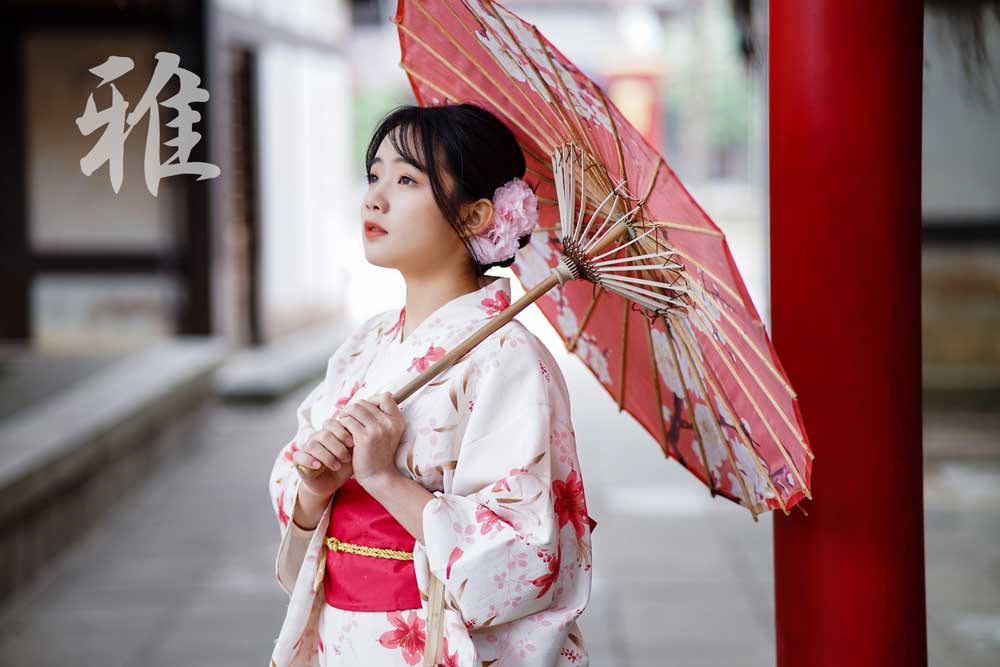
雅 (miyabi)
meaning: elegant/graceful
“Miyabi” is deeply rooted in Japanese aesthetics and culture. In traditional Japanese culture, such as the tea ceremony, flower arrangement, and kimono, “Miyabi” symbolizes elegance and chic beauty. It portrays an image of elegance and grace, and the traditional Japanese sense of beauty is expressed in the character. It is a special entity that brings not only coolness but also elegance and refinement.
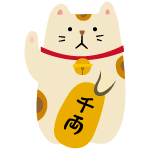
Thank you for reading.
Did you find any kanji you like? I hope it’s helpful!
 Comment
Comment

 Home
Home 01/14/2023
01/14/2023